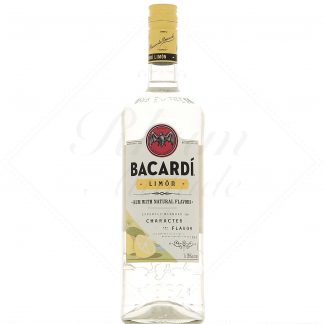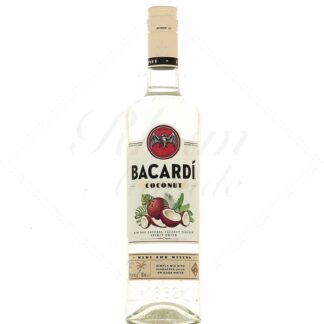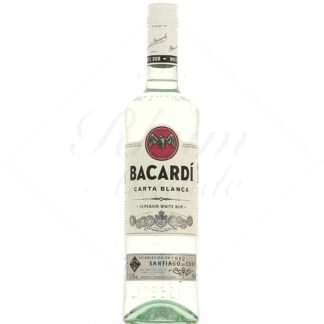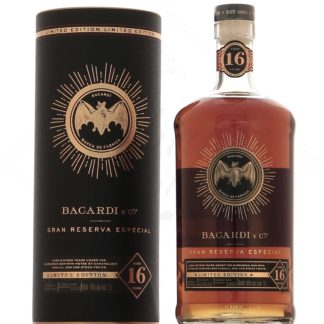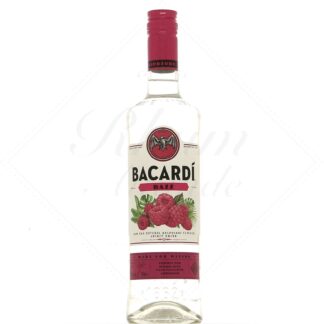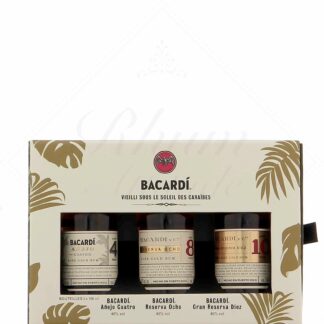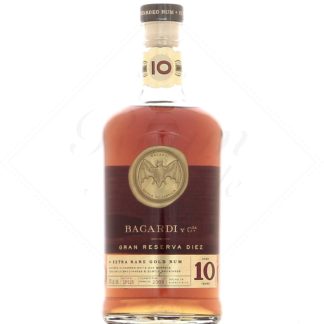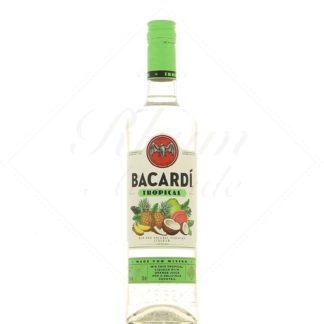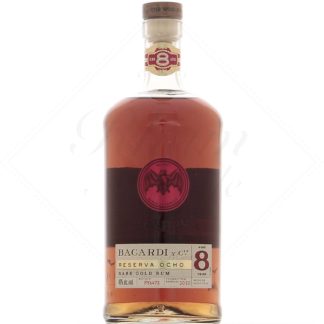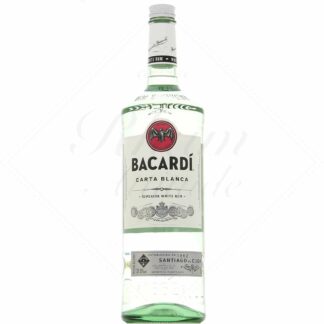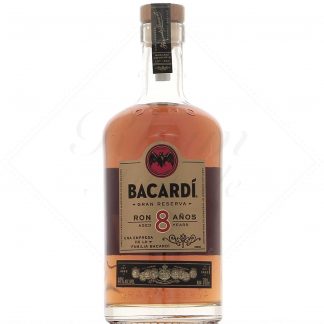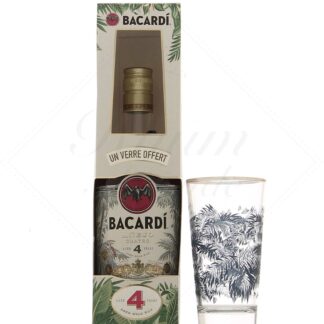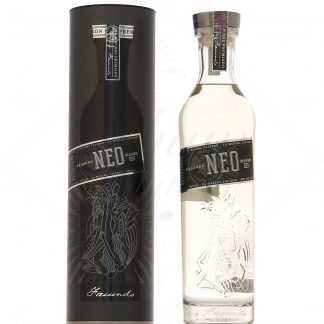Bacardi
Bacardi: the origins of the bat brand
Before talking about rum, let's take a look at the world's second-largest family-owned spirits company, after Pernod Ricard. Bacardi stands for over 200 brands, including Grey Goose vodka, Bombay Sapphire gin, Martini, Dewar whisky...
Founded in 1862 and employing over 6,000 people, Bacardi Ltd is headquartered in Bermuda. Today, 6 generations later, Facundo L. Bacardi, the founder's direct descendant, holds the reins of this global group.
Don Facundo Bacardí Massó was a Catalan wine merchant who emigrated to Cuba in 1830. Facundo improved the rum-making process to make the spirit easier to drink and more pleasing in appearance than what was being made at the time, thanks to new yeasts still used today, aging in white oak barrels and charcoal filtration.
It was also from the outset that the bat, present in Bacardi's first Cuban distillery, served as the brand's emblem.
The Bacardi family, supporters of the revolution (they helped finance it), had their assets confiscated by the Cuban regime in 1960. The family then had to leave Cuba, setting up its headquarters in the Bahamas and its equipment in Puerto Rico and Mexico. As a result, Bacardi was very popular in the United States, but impossible to find in Cuba, where the most popular rum was (and still is) Havana Club.
Since then, Bacardi has become one of the world's leading brands, collecting awards such as the International High Quality Trophy for Bacardi 8, Bacardi Gold and Bacardí Reserva Limitada at the World Quality Selections.
The special features of Bacardi rum
Bacardiis a Cuban-style sugarcane molasses rum, distilled in large column stills from which it emerges at a very high degree, making it a light rum used primarily for cocktails. However, a smaller quantity of rums is distilled in column stills with a richer aroma, called " aguardiente " (eau de vie in Spanish). These rums are aged separately, then used as bonificateurs to enrich blends of higher-end rums intended for pure tasting.
Bacardi cocktails
The greatest Cuban classics can of course be made with these rums.
Bacardi Mojito
Ingredients
- A dozen mint leaves (+ one for decoration)
- ½ lime, diced
- 2 cl cane sugar syrup
- Crushed ice
- 4 cl Bacardi Carta Blanca white rum
- Sparkling water
In the glass, crush the mint and lemon with the syrup, then add crushed ice.
Pour in rum and add sparkling water.
Stir and place a mint leaf on top.
Pina Colada Bacardi
Ingredients
- 5 cl coconut cream
- 2 cl cane sugar syrup
- 6 cl pineapple juice
- 6 cl Bacardi Carta Blanca or Bacardi Carta Oro amber rum
In a shaker, add all ingredients and mix. Serve in a tall glass.
Cuba Libre Bacardi
Ingredients
- ½ lime, cut into quarters
- Ice cubes
- 5 cl rum
- Cola
In the glass, add the rum to the lemon wedges and ice cubes, then top up with cola. Read less
